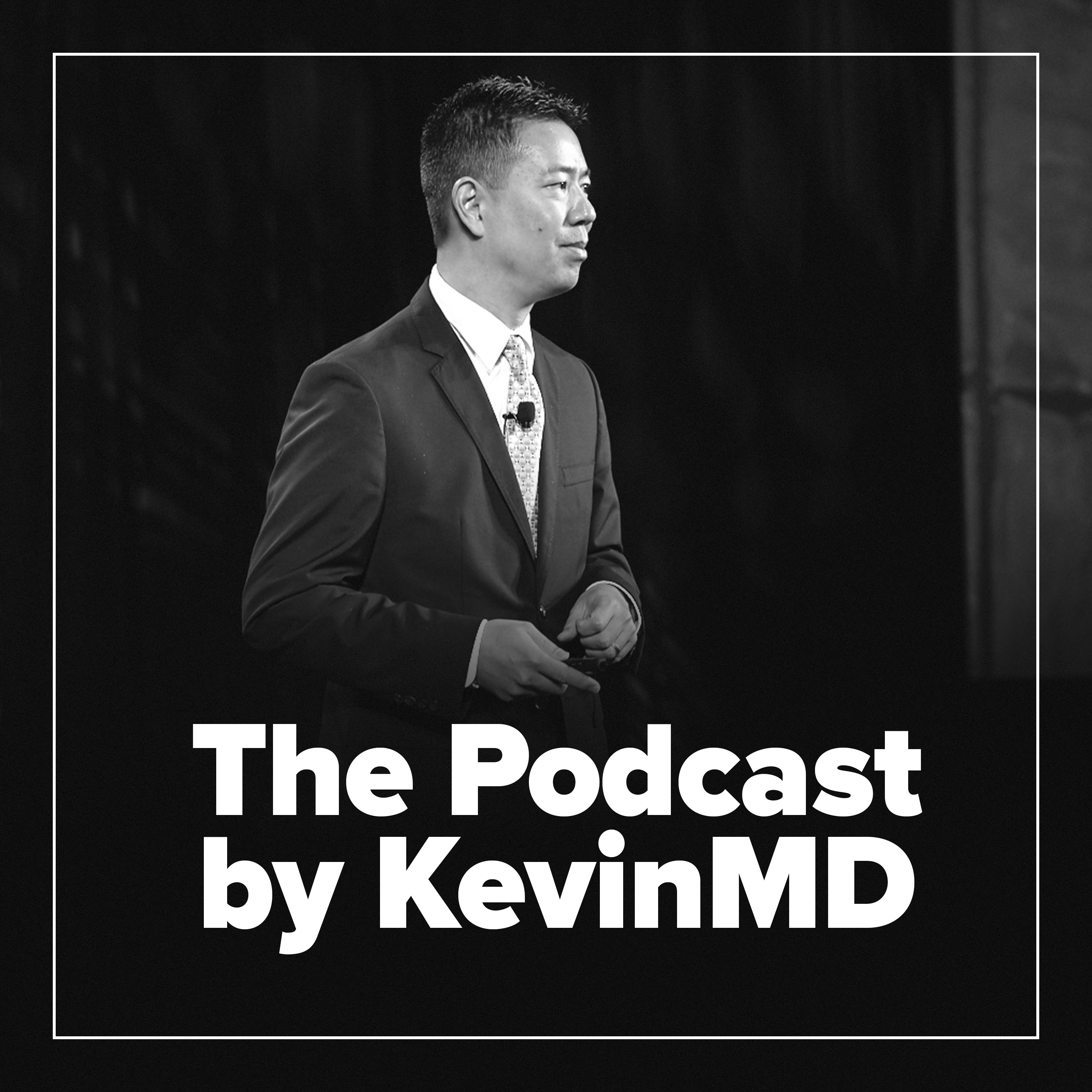Mental health and the balance between technology and the human touch
“The reality of the last two years is that almost all of us have experienced some mental health disorder symptoms, and that mental and physical health are equally important components of overall health. We call these subclinical symptoms, or symptoms that are there but that don’t meet full criteria for a disorder. Most of us have experienced subclinical symptoms, or psychosocial stressors, since the start of the pandemic due to the stress that we’ve been under. These can include things like divorce, illness, job loss, and even things like stressful homeschooling. If you get enough of them, you’re more likely to tip over into subclinical or clinical levels of symptoms, including increasing the risk for many types of physical health problems, particularly long-lasting conditions like diabetes, heart disease, and stroke. The setpoint of our average well-being levels has shifted down the spectrum over the last few years. That means that almost all of us can benefit from seeing a provider and getting professional mental health support, whether through a digital tool or via face-to-face therapy.
It’s important to think about the total person, and all of the facets that may need treatment. Using technology that integrates siloed services into one ecosystem has the advantage of being able to provide highly coordinated care, whether that’s for mental health, chronic condition management, substance use monitoring, managed behavioral health, or other needs.”
Jay Spence is a psychologist.
He shares his story and discusses his KevinMD article, “Mental health and the balance between technology and the human touch.”
Reflect and earn 1.0 AMA PRA Category 1 CME for this episode.
































